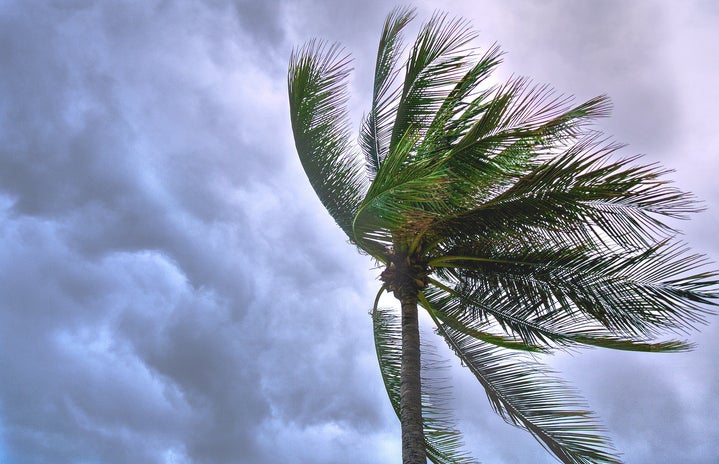If you live in the United States, climate change may not be affecting you at this very moment, but that doesn’t mean it isn’t deadly. Climate change is real and its devastating effects are currently present in several countries worldwide. Pakistan is one of the countries most vulnerable to climate change, as it received more than three times its usual rainfall this August. At one point, one-third of Pakistan was underwater. Villages were washed away, and almost two thousand people were killed. By the end of August, about 33 million people were affected by the monsoon rains, and 3.4 million children were left in need of assistance and at risk of disease. Thousands of schools across the country have been damaged or destroyed due to the floods, compounding the disruption to learning many children experienced during the COVID-19 pandemic school closures.
Many parts of Pakistan experienced death, damage, displacement and loss and will continue to feel the effects of these floods for years to come. Fazal Malik told AFP, “Living here is miserable. Our self-respect is at stake,” from a school that was being used to house about 2,500 evacuees in the north-western Khyber Pakhtunkhwa province. Provinces like Sindhi and Balochistan are some of the worst affected, but mountainous regions in Khyber Pakhtunkhwa have also been badly hit.
As the water from the flood slowly starts subsiding, the sheer scale of damage is revealed. Families are living out in the open with no drinking water, no food and livelihood, exposed to a wide range of new flood-related risks and hazards, including damaged buildings and drowning in floodwaters. Sindh is so inundated with water that emergency workers struggle to reach those affected. Outbreaks of watery diarrhea, typhoid and malaria are increasing as millions of people sleep in temporary shelters or the open near stagnating water.
There is also a growing concern about the cost of building back from this disaster. The Pakistani government has appealed for financial help from aid agencies, friendly countries and international donors. The United Nations revised its humanitarian appeal for Pakistan five-fold, to $816 million from $160 million, as a surge of water-borne diseases and fear of growing hunger posed new dangers after weeks of unprecedented flooding. “A very early, preliminary estimate is that it is big; it is higher than $10 billion (£8.5 billion),” Planning Minister Ahsan Iqbal told Reuters. He added that almost half of the country’s cotton crop had been washed away and vegetable, fruit and rice fields had sustained significant damage.
Reviving the economy won’t be easy, but the resumption of a $1.2 billion loan by the International Monetary Fund (IMF) over the coming year would be of major assistance. The UK government also announced it had allocated up to £1.5 million ($1.8 million) for the flood relief efforts. Although all of this is highly beneficial, Pakistan needs more if it will return to its previous state. If you feel inspired to help out, anything would help.
Want to see more HCFSU? Be sure to like us on Facebook and follow us on Instagram, Twitter, TikTok, YouTube and Pinterest!



